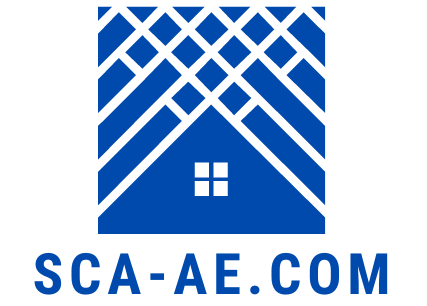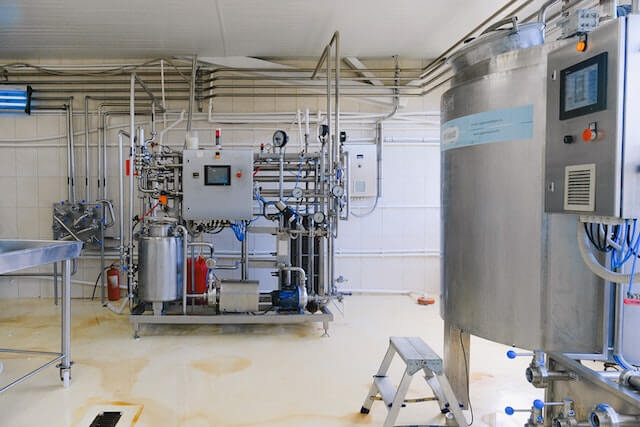When creating an income statement or during involvement in other accounting activities you may come across factory equipment deprecation. Depreciation of factory equipment is the term used to describe the gradual loss in value of tools, machinery, and other items utilized in the production process. Degradation happens as a result of things like normal wear and tear, obsolescence, and other types of physical or functional decline. Throughout the course of the equipment’s useful life, this value decline is recorded as a cost on the company’s financial statements.
Depreciation of factory equipment is often viewed as an indirect expense rather than a direct one. Direct costs are expenses that may simply and immediately be linked to a particular initiative, service, or good. A direct cost can be the price of the raw resources needed to make a product. Indirect costs, on the other hand, are expenses that cannot be quickly and immediately linked to a particular good, service, or undertaking. Rent, utilities, and office expenditures are a few examples of indirect expenses.
What Parameters Affect That Cost
Depreciation of production equipment can be influenced by several causes. Initially, the equipment’s usable life varies based on its nature and usage. The yearly depreciation expenditure is typically lower the longer the equipment’s useful life. Moreover, the equipment’s anticipated salvage value is the price at which it may be sold after its useful life has expired. The higher the salvage value, the lower the depreciation expense will be.
Eventually, the method of depreciation might also have an impact on the total yearly cost. Straight-line, expedited, and units-of-production are typical approaches. The annual cost might fluctuate depending on the approach used. Fourth, depreciation may also be impacted by maintenance and repairs. Frequent upkeep and repairs can extend the equipment’s usable life, lowering the cost of yearly depreciation.
On the other hand, technological advancements have the potential to swiftly make production equipment outdated, lowering its value and raising depreciation costs. Because of this, businesses must carefully maintain their equipment to make sure it stays effective and productive throughout its useful life.
How to Evaluate a Second-hand Machine’s Deprecation Cost
As you probably already know getting a second-hand machine can be a tricky process and, there are a number of things to take into account when calculating the depreciation cost of such equipment. First and foremost, one of the most significant elements affecting depreciation is the machine’s age. As a general rule, the machine’s value decreases, and its depreciation cost increases as it becomes older. To assess the machine’s value, it is crucial to ascertain its age and compare it to other similar machines available on the market.
Furthermore, the machine’s condition is equally important in assessing both its worth and depreciation expense. In comparison to a piece of comparable equipment that has been badly maintained, a machine that has been well-kept and has a record of repairs may have a greater value and a lower depreciation cost. To determine the machine’s value, you can look up its maintenance and repair history as well as evaluate its general state.
The amount of time a machine may be used before it becomes unusable or worn out is known as its useful life. The length of this interval depends on the equipment’s age, kind, and frequency of usage. You can estimate the machine’s yearly depreciation cost by knowing its useful life. The machine’s useful life must be established in order to appropriately compute the depreciation cost.
The machine’s salvage value is the projected price at which it may be sold when its useful life is over. The state of the machine, the kind of equipment, and the level of demand all affect this number. Thus, you must determine the machine’s salvage value for deprecation cost calculation.

